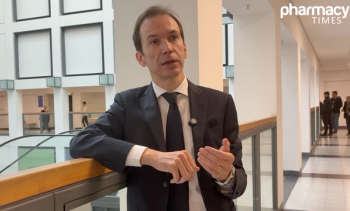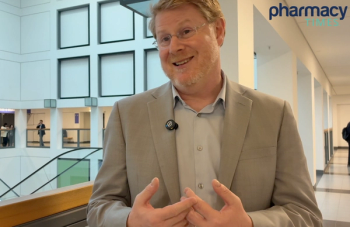
Eliminating HIV in the United States by 2025 is Within Reach
Investing in diagnostic resources, prevention, and treatment programs are vital to ending the HIV epidemic in the United States.
Scientists may be able to put an end to HIV in the United States within the next decade, according to new research published in the American Journal of Preventive Medicine.
The findings indicate that an adequate commitment and the ability to achieve critical milestones could put the elimination of domestic HIV infection within reach. More specifically, the achievement of these crucial milestones includes the reduction of annual new infections to 21,000 by 2020 and to 12,000 by 2025.
“While these targets are ambitious, they could be achieved with an intensified and sustained national commitment over the next decade,” said co-author David Holtgrave, PhD. “It’s critical to note that the key to ending the HIV epidemic domestically lies in our collective willingness as a country to invest the necessary resources in HIV diagnostic, prevention, and treatment programs.”
For the study, investigators obtained CDC surveillance data between 2010 and 2013 to project the yearly estimates for the number of new infections that occur annually, the number of people living with HIV in the United States, and the mortality rate from 2014 through 2015.
Using these projections, the investigators forecast the potential trajectory of the epidemic if the United States achieved certain benchmarks put in place by the National HIV/AIDS Strategy (NHAS), released by former President Barack Obama in 2010.
The NHAS was updated in 2015 to include targets for 2020, which included the 90-90-90 goal that aims for 90% of individuals with HIV to know their status; 90% of individuals who are HIV-positive on treatment; and 90% of patients on antiretroviral therapy (ART) who achieve viral suppression. However, the investigators have proposed a 95-95-95 goal by 2025.
The results of the analysis showed that if the NHAS 90-90-90 target for 2020 and the 95-95-95 target for 2025 were achieved, the number of new HIV infections in the United States would fall from 39,000 in 2013 to approximately 20,000 in 2020, and to 12,000 in 2015.
Additionally, the total number of deaths among patients with
“If the United States were to reduce the number of new HIV infections to 12,000 by 2025, this would mark an important inflection point in the HIV epidemic in this country,” said lead investigator Robert Bonacci, MD, MPH. “It would be the first year that the number of new infections drops below the simultaneously decreasing number of deaths among people living with HIV. This is critical, because if new infections decline faster than the number of deaths, the total number of people living with HIV in the United States would begin to decrease, meaning the United States would be on course to end the epidemic.”
In the United States, advancements in ART have increased the average life expectancy of patients with HIV, and continues to increase toward the rate of the general population.
However, many patients still lack access to treatment and certain populations continue to be disproportionately affected, the study concluded.
Newsletter
Stay informed on drug updates, treatment guidelines, and pharmacy practice trends—subscribe to Pharmacy Times for weekly clinical insights.























































































































































































































